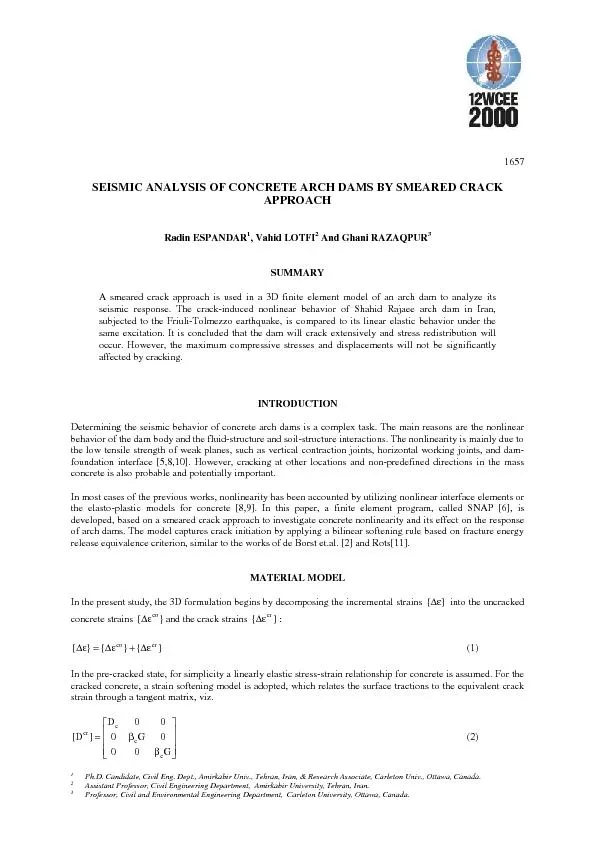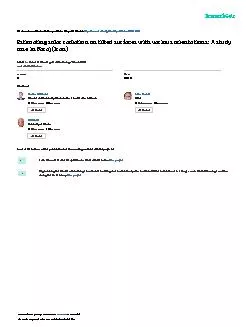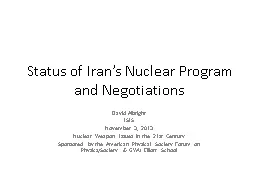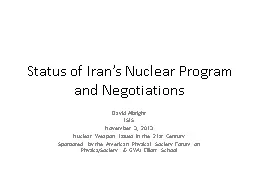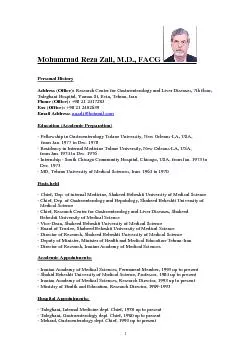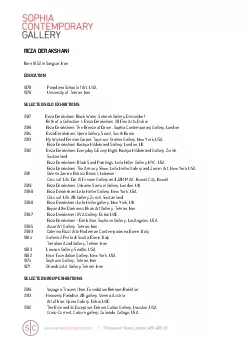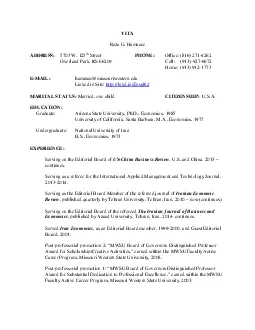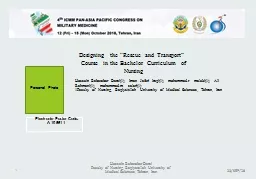PDF-Ph.D. Candidate, Civil Eng. Dept., Amirkabir Univ., Tehran, Iran, & Re
Author : liane-varnes | Published Date : 2016-08-03
1657The properties of the cracked concrete constitutive matrixcr forms the crux of the smeared crackformulation Normally it is assumed that there is no interaction
Presentation Embed Code
Download Presentation
Download Presentation The PPT/PDF document "Ph.D. Candidate, Civil Eng. Dept., Amirk..." is the property of its rightful owner. Permission is granted to download and print the materials on this website for personal, non-commercial use only, and to display it on your personal computer provided you do not modify the materials and that you retain all copyright notices contained in the materials. By downloading content from our website, you accept the terms of this agreement.
Ph.D. Candidate, Civil Eng. Dept., Amirkabir Univ., Tehran, Iran, & Re: Transcript
Download Rules Of Document
"Ph.D. Candidate, Civil Eng. Dept., Amirkabir Univ., Tehran, Iran, & Re"The content belongs to its owner. You may download and print it for personal use, without modification, and keep all copyright notices. By downloading, you agree to these terms.
Related Documents

